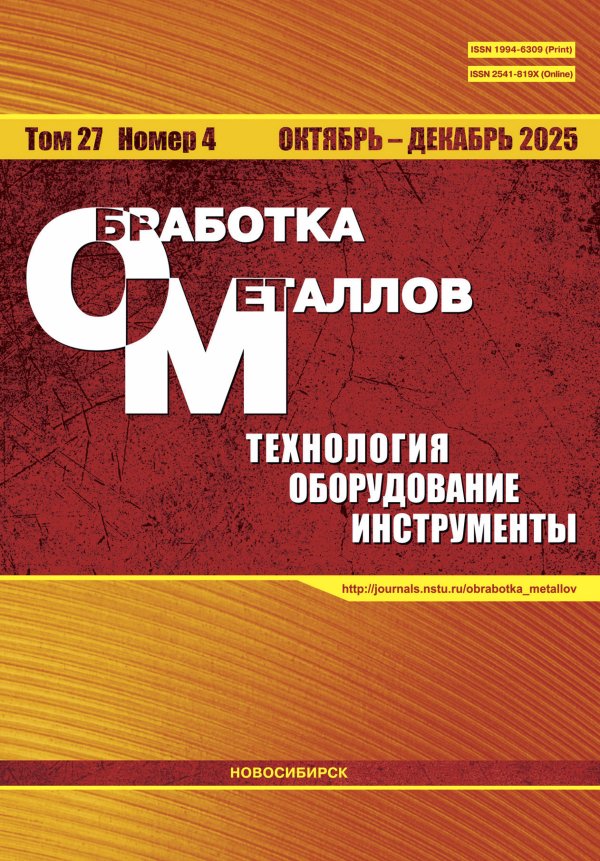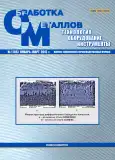В современной экономике для сокращения сроков выпуска нового изделия на этапах проектирования и изготовления применяют технологии послойного лазерного спекания. Развитие технологии идет по пути внедрения новых порошковых материалов и определения рациональных технологических режимов формирования поверхностного слоя заданного качества. Создание функционального изделия возможно только в определенном диапазоне лазерного воздействия, который подбирается экспериментально для порошкового материала, на точность изделия большое влияние оказывает толщина слоя. В работе представлены результаты экспериментальных исследований воздействия технологических режимов спекания порошкового материала (мощности лазерного излучения, скорости перемещения луча лазера, шага сканирования, предварительной температуры подогрева) на толщину спеченного слоя из кобальтхроммолибденового порошка DSK-F75. Исследования проводились на технологическом лазерном комплексе формирования поверхностей деталей сложной пространственной формы. Толщина спеченного слоя определялась по специально разработанной методике с применением инструментального цифрового микроскопа. Получена математическая зависимость толщины спеченного поверхностного слоя от режимов спекания кобальтхроммолибденового порошка на основе теории планирования эксперимента и статической обработки результатов, позволяющая выявить значимые параметры. По математической зависимости построены графики с наложением экспериментальных значений толщины спеченного слоя в зависимости от режимов спекания. Анализ графических зависимостей позволяет выявить значимые параметры режима - мощность лазерного излучения, скорость перемещения луча лазера, шаг сканирования, влияющие на толщину спеченного слоя, а также пределы ее изменения c 0,65 до 1 мм за счет увеличения мощности лазера с 10 до 20 Вт, с 0,65 до 0,88 мм за счет уменьшения скорости перемещения луча лазера с 300 до 100 мм/мин, с 0,9 до 1,27 мм за счет уменьшения шага сканирования с 0,15 до 0,1 мм, с 0,88 до 0,91 мм за счет увеличения температуры подогрева порошкового материала с 26 0С до 200 0С.
 6-19
6-19


 20-26
20-26


 27-32
27-32


 33-41
33-41


 42-50
42-50


 51-59
51-59


 60-68
60-68








